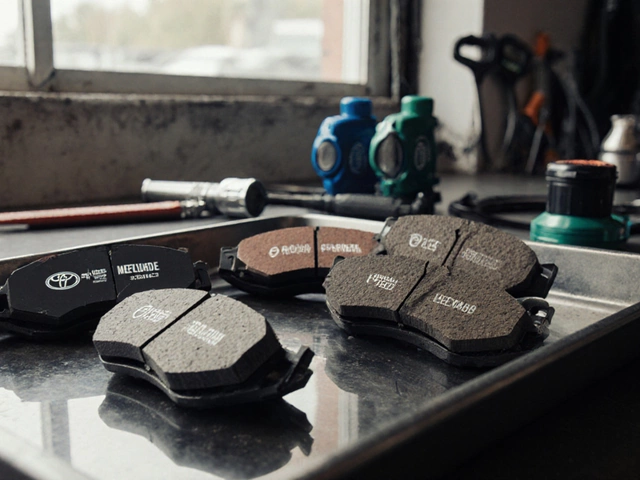
Worn Shocks: Signs, Risks, and What to Do Next
When your worn shocks, damaged shock absorbers that fail to control spring movement and reduce tire contact with the road. Also known as failing suspension dampers, they don’t just make your ride bumpy—they turn everyday driving into a safety risk. Many drivers ignore them until they hear clunking over bumps or feel their car sway like a boat. But worn shocks don’t just annoy you—they hurt your brakes, tires, and control.
Worn shocks directly affect vehicle handling, how your car responds to steering, braking, and road conditions. If your shocks are gone, your tires lose grip faster on wet roads, your brakes take longer to stop the car, and your steering feels loose or delayed. This isn’t theory—it’s why drivers who delay shock replacement often end up in accidents they could’ve avoided. And it’s not just about comfort. suspension problems, issues in the system that connects wheels to the chassis, including shocks, struts, springs, and bushings like worn shocks cause uneven tire wear. You might be replacing tires every 20,000 miles when they should last 50,000. That’s money you’re throwing away.
There are clear signs you can check yourself. Does your car bounce more than once after hitting a bump? Does it dip forward hard when you brake? Do you hear knocking or clunking from the corners when you go over speed bumps? These aren’t normal. A simple test: push down hard on one corner of your car. If it keeps bouncing after you let go, your shocks are done. No need for fancy tools—just your hands and a parking lot. And if you’ve noticed any car suspension noise, unusual sounds like clunks, squeaks, or rattles coming from the wheel area during driving, it’s not just annoying—it’s a warning.
Ignoring worn shocks doesn’t save money. It just moves the cost elsewhere. Your brakes wear out faster because the weight shifts unpredictably. Your tires wear unevenly, cutting their life in half. And if you hit a pothole or swerve suddenly, your car won’t respond the way it should. That’s not a repair—it’s a gamble.
Below, you’ll find real guides from drivers who’ve been there. Learn how to spot the early signs, what replacement costs actually look like, and how to avoid being upsold on parts you don’t need. These aren’t theory pieces—they’re practical fixes from people who’ve driven with bad shocks and lived to tell the tale.
-
21 Nov






